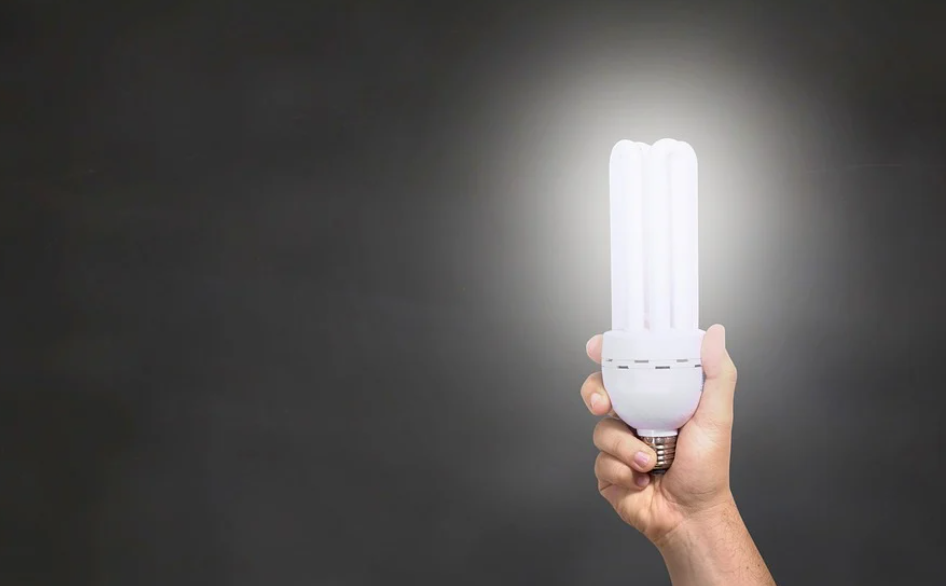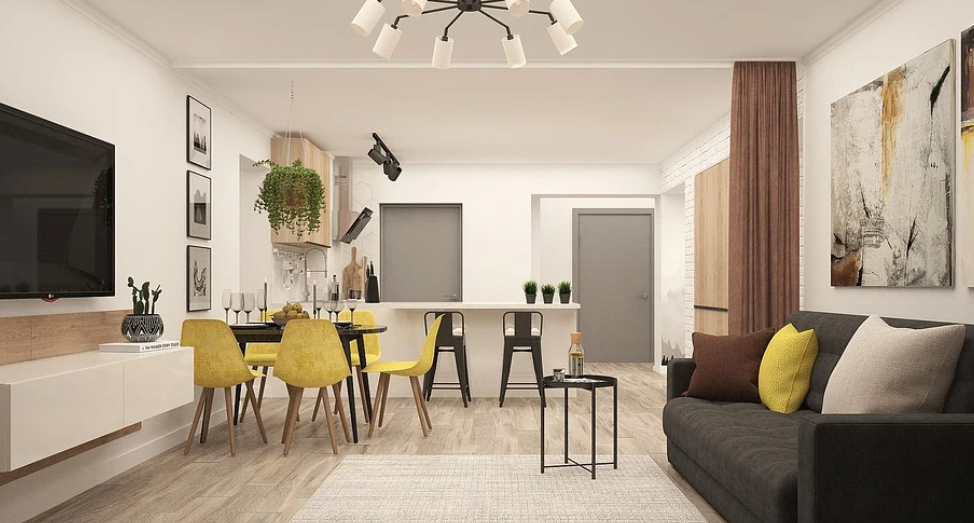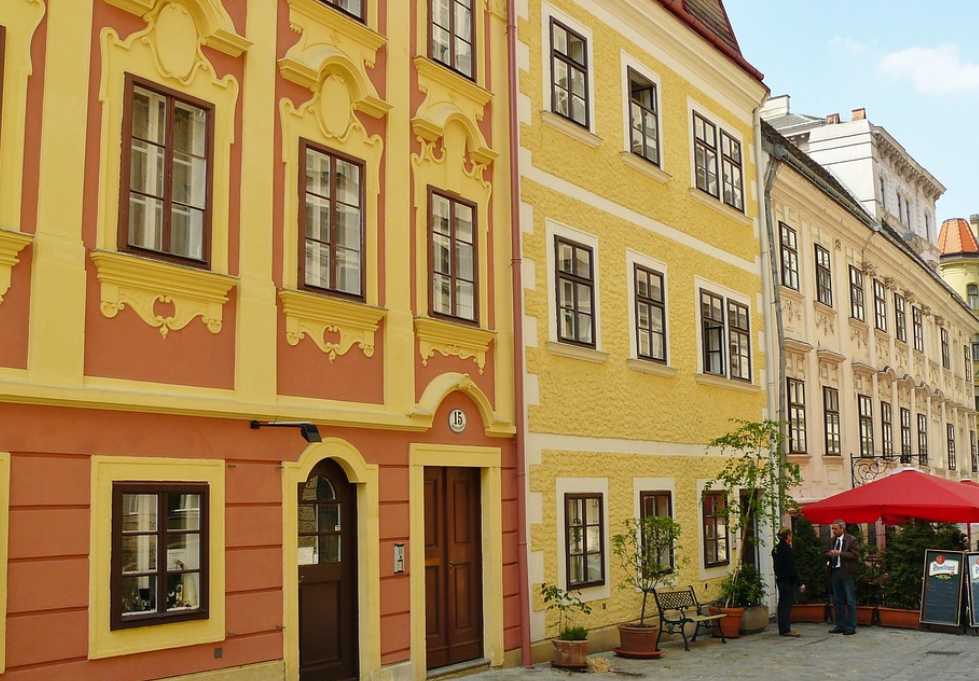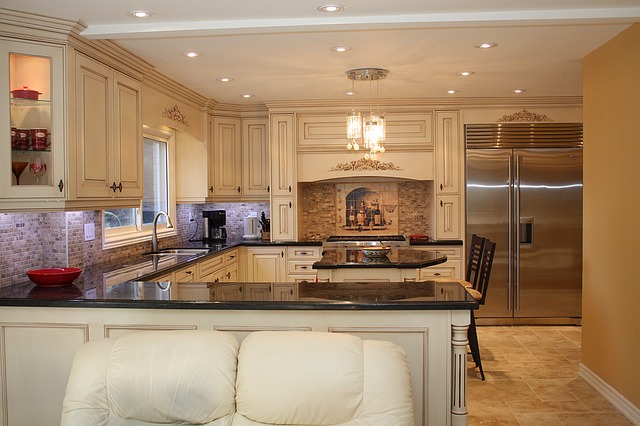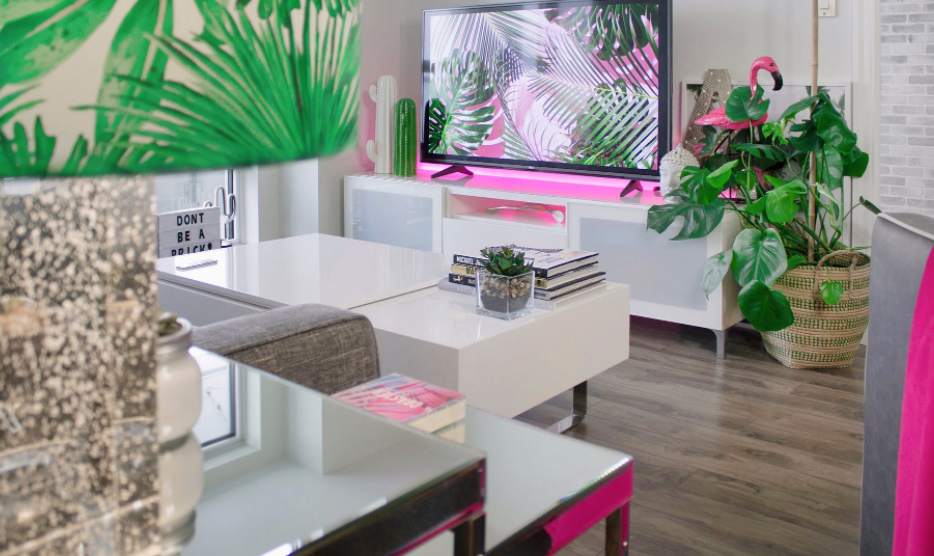
1. REDESIGN THE KITCHEN.
While renovating a kitchen, start little from the beginning. Supplant the kitchen spigot, add new cupboard equipment, and supplant old light installations with present day, energy-productive choices.
Rather than supplanting cupboards, paint the cupboards another shading or recruit a refacing organization to resurface the bureau boxes and put in new bureau entryways, drawers, and equipment. These little updates will work on the general look of your kitchen.
2. UPDATE THE APPLIANCES.
Assuming your machines don’t coordinate, consider requesting new entryways and face boards from the producer. This will give your kitchen a stronger look without the significant expenses of supplanting the machines.
Consider supplanting more established machines with new energy-effective models, which are better for the climate and utilize less energy.
3. SUPPORT THE BATHROOMS.
Washroom rebuilds will recover 87.7 to 93.5 percent of your venture, as per the Cost versus Esteem Report. Like the kitchen, don’t go off the deep end. Put in new installations, light up the room with paint, and yet again grout the bath. Another mirror and light installations can without much of a stretch change the vibe of a washroom.
4. REDESIGN THE ATTIC OR BASEMENT.
Adding area to your home can rapidly raise and wind up costing more than initially planned. Rather than attempting to add on, redesign the current space in your home. Envision the loft as another room or an exercise region. Convert the cellar into a family room. The more flexible the room, the more allure for potential purchasers who can customize the space.
5. SUPPORT CURB APPEAL.
Initial feelings count. Upgrading your home’s control allure can be just about as basic as scouring your home’s siding or as complex as adding another walkway. It shouldn’t be costly to be successful.
Introducing another front entryway is a quick, reasonable approach to in a flash further develop your home’s appearance.
